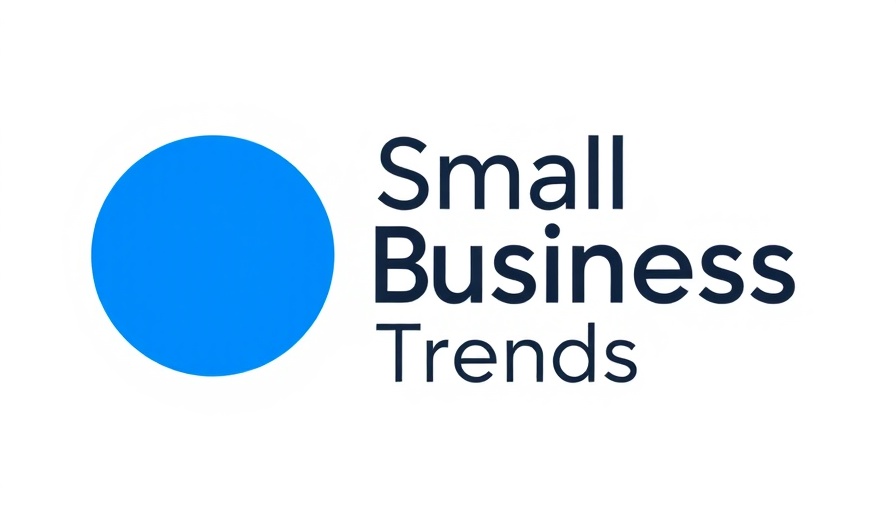
The AI Effect on Pricing in Creative Industries
As artificial intelligence (AI) begins to reshape various sectors, the debate around its implications for pricing strategies intensifies, especially within the creative industries. There’s a growing conversation among businesses about whether they should lower fees for services powered by AI technologies. This topic raises interesting questions about the value of human creativity versus algorithmic efficiency.
Creative Companies and AI: The Value Proposition
Traditionally, creative work provided by artists, designers, and marketers was primarily valued for the human touch involved. The essence of creativity has often been tied to individual inspiration and emotional intelligence. However, as AI tools become increasingly sophisticated—capable of generating artwork, music, and even marketing strategies—businesses are confronted with the question: does greater reliance on AI warrant lower prices for consumers?
Neil Sahota points out that while AI enhances efficiency and productivity through dynamic pricing models, it does not diminish the creative process nor the unique insights a human can provide. This raises the argument of whether the rarity of human input still justifies premium pricing in a world where technology plays a significant role.
The Shift Towards Consumer Preferences
Recent discussions indicate that consumers are gravitating towards small businesses over larger retailers, suggesting a shift in expectations regarding service and value. This increasing interest in supporting local businesses adds another layer of complexity to the pricing debate. As original content becomes more commoditized through AI, unique, tailored services delivered by small enterprises may command higher prices, despite using AI tools.
This brings to light an essential point: the quality and creativity behind the output, regardless of AI involvement, should remain central to pricing strategies. If creative firms position AI as a tool to enhance rather than replace creative work, they might not need to lower their charges after all.
The Competitive Landscape and Pricing Strategies
Companies across different sectors are leveraging AI for dynamic pricing strategies. For instance, Uber and Amazon utilize real-time data to adjust prices based on demand and competition. This application might lead creative firms to explore similar models, where pricing reflects not just the cost of production—including AI—but also market demand for creativity. In this respect, businesses need to find a balance that allows for competitive pricing while still valuing human creativity.
In addition, as technological advancements like AI gain momentum, the entire landscape of pricing in creative industries is likely to evolve. Organizations will need to adopt strategies that highlight the unique value they offer, which AI cannot replicate, such as personalized service, emotional connection, and cultural context.
Future Predictions: Embracing AI Without Losing Authenticity
The integration of AI in the creative process is inevitable and will likely result in long-term changes in how services are valued and priced. The risks of commoditizing creativity are profound; therefore, businesses must develop clear frameworks on how to balance pricing while still addressing consumer perceptions of value.
Moreover, the collaboration between creators and AI should be viewed as complementary rather than competitive. With the rise of generative AI, musicians like Nile Rodgers see potential in using these tools as means to augment creativity without stripping away the human essence of art and innovation.
As we move towards a future replete with AI, the creative sector must navigate these changes carefully. Companies will need to keep innovating while ensuring their unique value propositions remain intact, fostering environments where human creativity thrives alongside technological advancements.
Conclusion: Shaping the Future of Creative Pricing
The ongoing debate about pricing for AI-assisted creative work underscores the significance of maintaining the artistic integrity while embracing technology. As more small companies adopt AI tools, their approach to pricing should reflect an understanding of the underlying shift in consumer behavior and market dynamics.
Ultimately, the creative industry's success will hinge on a balanced integration of human creativity and innovative technology, ensuring that consumers continue to see the value in their creations. Whether firms decide to lower their charges or maintain the status quo will depend on how well they communicate this blend of creativity and technology to their audiences.
 Add Row
Add Row  Add
Add 

 Add Row
Add Row  Add
Add 







Write A Comment